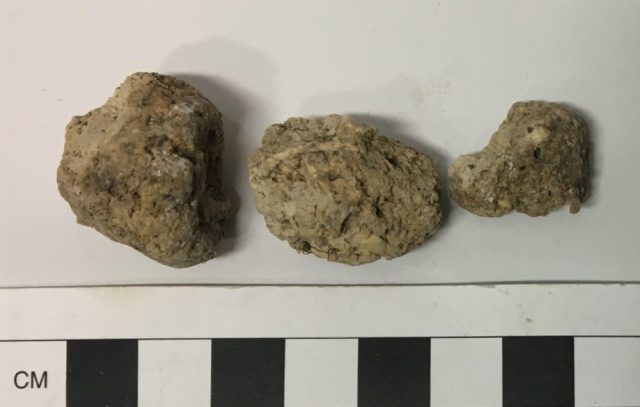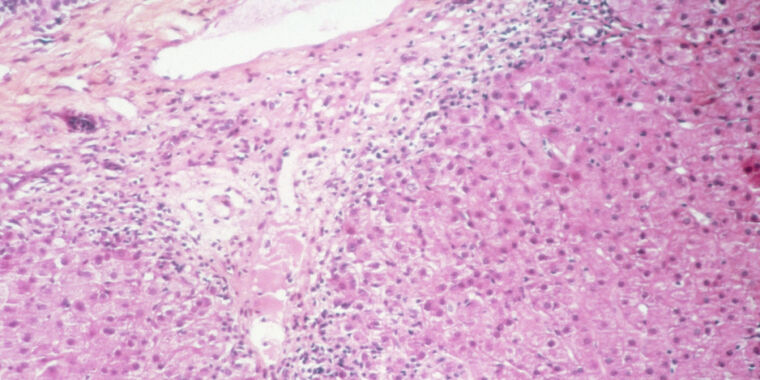
Adam Stanford
Nearly two miles away from Stonehenge, there is a large Neolithic settlement known as Durrington Walls, believed to be where the people who built the famous site camped during the main stage of construction. British archaeologists have analyzed fossilized fecal matter collected at the site and found that it contained the eggs of parasitic worms, according to a new paper published in the journal Parasitology. The preserved feces belonged to both dogs and humans, indicating that people brought dogs to the site with them for winter feasts and likely shared the scraps with the canines.
“This is the first time intestinal parasites have been recovered from Neolithic Britain, and to find them in the environment of Stonehenge is really something,” said co-author Piers Mitchell, an archaeologist at the University of Cambridge. “The type of parasites we find are compatible with previous evidence for winter feasting on animals during the building of Stonehenge.”
For archaeologists keen on learning more about the health and diet of past populations—as well as how certain parasites evolved over the evolutionary history of the microbiome—preserved samples of ancient poo can be a veritable goldmine of information. For instance, ancient Iron Age miners in what is now Austria were quite fond of beer and blue cheese, according to a 2021 analysis of preserved paleo-poop excavated from the prehistoric underground salt mines of Hallstatt-Dachstein/Salzkammergut, a UNESCO World Heritage site. Fecal samples are usually found in dry caves, desert areas, frozen areas, or waterlogged environments (like bogs), where desiccation, freezing, and similar processes preserve the fecal matter for posterity.
As we’ve reported previously, it can be difficult to determine whether fecal samples are human or were produced by other animals, particularly dogs. Usually, only those samples found with human skeletons or mummies could be designated as being of human origin with any certainty. Scientists recently developed a tool (dubbed coproID) capable of determining whether paleofeces and coprolites recovered from archaeological sites are of human or animal origin. Among other discoveries, the researchers found that the archaeological record was unexpectedly full of dog poop.

Lisa-Marie Shillito
Prior studies have compared fecal parasites found in hunter-gatherer and farming communities, thereby revealing dramatic dietary changes, as well as shifts in settlement patterns and social organization coinciding with the rise of agriculture. The wealthy, privileged elite of Jerusalem in the 7th century BCE were plagued by poor sanitary conditions and resulting parasitic intestinal diseases, according to a paper published earlier this year in the International Journal of Paleopathology. An analysis of soil samples collected from a stone toilet found within the ruins of a swanky villa revealed the presence of parasitic eggs from four different species.
However, very little is known about the degree of parasitic infection in the prehistoric population of Britain up to the Neolithic period, according to Mitchell et al. So the authors decided to examine coprolites excavated from the Durrington Walls site (dated to around 2500 BCE) to determine whether humans and animals living at the site were indeed infected with parasites and whether it was possible to detect the eggs of non-infective parasites some 4,500 years later.
Coprolites aren’t quite the same as paleofeces, which retain a lot of organic components that can be reconstituted and analyzed for chemical properties. Coprolites are fossils, so most organic components have been replaced by mineral deposits like silicate and calcium carbonates. It can be challenging to distinguish the smallest coprolites from eggs, for example, or other kinds of inorganic pellets. But coprolites typically boast spiral or annular markings and may contain undigested fragments of food.








